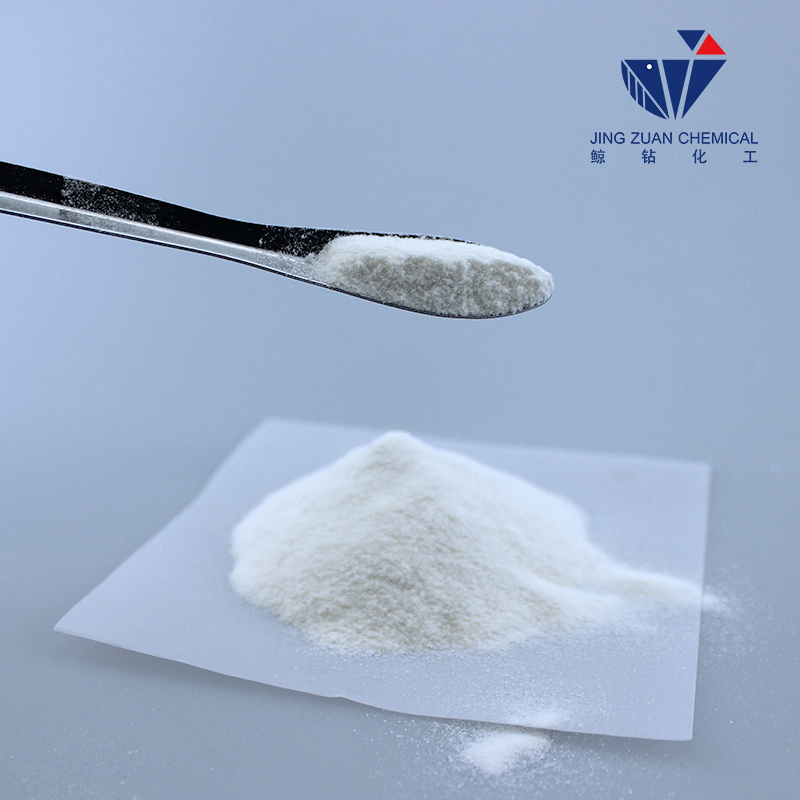
Dis . 23, 2024 20:11 Back to list
hpmc solubility in cold water
HPMC Solubility in Cold Water An Overview
Hydroxypropyl methylcellulose (HPMC) is a widely used polymer in various industries, particularly in pharmaceuticals, food, and construction. Its unique properties make it a valuable ingredient in formulating a wide variety of products. One of the critical aspects of HPMC is its solubility in water, particularly cold water, which influences its applications and performance in formulations.
Understanding HPMC
HPMC is a cellulose ether that is derived from natural cellulose, which is treated chemically to impart water-solubility. This polymer does not only enhance the viscosity of solutions but also plays a significant role in film formation, stabilization, and as a thickening agent. The functional groups in HPMC provide it with the unique ability to dissolve in cold water, which is key to its utility in various applications.
Solubility Characteristics
The solubility of HPMC in cold water is primarily influenced by its chemical structure and the degree of substitution of the hydroxypropyl and methoxy groups. Generally, HPMC is soluble in cold water at varying concentrations, forming a viscous solution. The degree of solubility depends on the molecular weight and the hydroxypropyl content. High molecular weight HPMC may have lower solubility in cold water compared to lower molecular weights.
Importantly, while HPMC readily dissolves in cold water, this process can take some time, depending on the concentration of the polymer and the temperature of the water. When mixing HPMC into cold water, it is advisable to sprinkle the powder slowly while stirring continuously to prevent clumping. This ensures a more homogenous solution and optimizes the functional characteristics of the polymer.
hpmc solubility in cold water

Applications in Various Industries
The ability of HPMC to dissolve in cold water opens up numerous applications across different sectors. In the pharmaceutical industry, HPMC is commonly used as a binder in tablets, a release agent in capsules, and as a thickening agent in topical formulations. Its solubility characteristics are particularly beneficial for creating controlled-release formulations, where the rate of drug release can be modulated by adjusting the viscosity of the solution.
In the food industry, HPMC is frequently employed as a food additive, particularly in gluten-free products. It acts as a stabilizer, emulsifier, and thickener, providing improved texture and moisture retention in baked goods and sauces. Additionally, its solubility in cold water allows for easy incorporation into various recipes without the need for heating, which can be advantageous in maintaining the nutritional properties of food.
In construction, HPMC is used in cement-based products, where it acts as a water-retaining agent. This property is crucial in ensuring that the mixtures maintain workability and can be applied smoothly, even in cold conditions where water evaporation can be rapid.
Conclusion
In summary, HPMC's solubility in cold water is a significant factor that enhances its functionality across various applications. Understanding its solubility properties allows formulators and manufacturers to harness the full potential of HPMC, leading to improved product performance and consumer satisfaction. Whether in pharmaceuticals, food products, or construction materials, the unique attributes of HPMC play a vital role in the efficiency and effectiveness of modern formulations. As industries continue to demand high-performance materials, HPMC's role is likely to expand, showcasing its importance in both existing and innovative applications.
-
Versatile Hpmc Uses in Different Industries
NewsJun.19,2025
-
Redispersible Powder's Role in Enhancing Durability of Construction Products
NewsJun.19,2025
-
Hydroxyethyl Cellulose Applications Driving Green Industrial Processes
NewsJun.19,2025
-
Exploring Different Redispersible Polymer Powder
NewsJun.19,2025
-
Choosing the Right Mortar Bonding Agent
NewsJun.19,2025
-
Applications and Significance of China Hpmc in Modern Industries
NewsJun.19,2025







